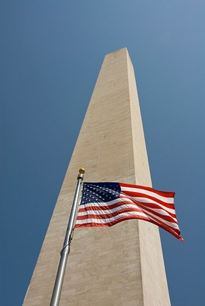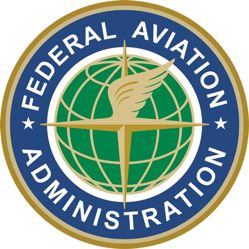Travel News
How the Government Shutdown Has Impacted Travel in Just One Week
 By now you know that the partial government shutdown has not derailed U.S. travel: The airports are open; the TSA is screening passengers; all air traffic controllers are at their post; and Border Patrol and Customs officers are screening travelers and stamping passports. (Here’s a complete list on everything that is and isn’t open.)
By now you know that the partial government shutdown has not derailed U.S. travel: The airports are open; the TSA is screening passengers; all air traffic controllers are at their post; and Border Patrol and Customs officers are screening travelers and stamping passports. (Here’s a complete list on everything that is and isn’t open.)
However, the partial government shutdown is having an impact on travel to the U.S., and that means our economy may feel the pinch in the months to come. Not only does the shutdown create an unwelcoming atmosphere for foreign travelers, but the UK, Australia and Germany have updated their travel advisories for U.S. travel.
Germany cautions about delays and wait times:
Travelers should still adjust to longer waiting times at the border. It affects the processing of visa applications, which can result in delays in this area.
The UK warns against longer airport wait times, in addition to a previous warning about general crime:
You should be alert to the dangers of car and street crime.
You might think that these alerts are bogus and travel in the U.S. is completely safe, but I was surprised by the definition of terms of what was and wasn’t considered an “essential employee” when it came to government furloughs.
 Not deemed essential were many federal safety employees: The FAA, the National Transportation Safety Board, and the Department of Homeland Security have had to furlough more than 40,000 employees combined.
Not deemed essential were many federal safety employees: The FAA, the National Transportation Safety Board, and the Department of Homeland Security have had to furlough more than 40,000 employees combined.
That number includes 3,000 aviation safety inspectors. Inspectors were not furloughed during the last partial shutdown. This time, the number was so high that union officials initially thought the FAA had made a mistake when they got the notice.
Keep in mind an aviation safety inspector is not just looking at new planes. They certify and oversee both pilots and air carriers to make sure they’re operating safely, and they respond to issues and complaints.
But safety is only half of the concern. In the long term, even just a few days of shutdowns will have a long-reaching economic impact for the travel industry.
The shutdown has closed all 401 National Park sites. All 19 Smithsonian museums, the Washington Monument, the Statue of Liberty, Ellis Island, Independence Hall, Alcatraz Island, the Lincoln Memorial and National Zoo have been shuttered. The National Zoo even turned off its live panda cam.
To make matters worse, autumn is one of the busiest seasons for many of our parks and attractions, amplifying the impact of the shutdown. Based on numbers from last October, national parks are losing out on 715,000 visitors a day. The park service estimates the shutdown will cost $450,000 a day in lost revenue.
 Concessionaire Xanterra Parks & Resorts, which operates hotels and other services in national parks, estimates that for every day the parks are closed, it will cost them just under $1 million per day in lost revenue, not including overhead.
Concessionaire Xanterra Parks & Resorts, which operates hotels and other services in national parks, estimates that for every day the parks are closed, it will cost them just under $1 million per day in lost revenue, not including overhead.
And that’s just one piece of the puzzle. U.S. cities are losing out on crucial revenue from travel and tourism. Communities near parks are estimated to lose more than $76 million a day in visitor spending.
As for our nation’s capital, Washington, D.C.’s most popular attractions will also feel the pinch. In the week prior to the shutdown, all 19 Smithsonian museums saw combined 400,000 visitors.
For right now, the effects of the shutdown are minimal. But it’s like saying “I have a full tank of gas so I can keep driving even if the gas stations are closed.” That can only last for so long. All signs point toward significant fallout if this shutdown goes on much longer. Revenue from inbound and domestic travel, basic infrastructure, and even our very safety and security is at stake in the long term.
By Peter Greenberg, originally published on LinkedIn












